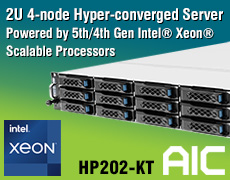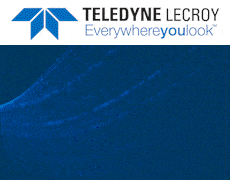R&D: Achieving High-Density L10-FePt Granular Films on an Electrically Conductive (Mg,Ti)O Underlayer for HAMR Media
Results suggest that FePt-BN is an optimal choice for achieving fine-grained microstructures with high-density on electrically conductive (Mg,Ti)O underlayer for HAMR media.
This is a Press Release edited by StorageNewsletter.com on April 11, 2025 at 2:00 pmScripta Materialia has published an article written by A. R. Dilipan, National Institute for Materials Science, Hossein Sepehri-Amin, National Institute for Materials Science – Elements Strategy Initiative Center for Magnetic Materials, Ippei Suzuki, National Institute for Materials Science, and Yukiko Takahashi, National Institute for Materials Science – Elements Strategy Initiative Center for Magnetic Materials (ESICMM).
Abstract: “Chemically ordered L10-FePt recording media with a microstructure composed of small, columnar grains and high grain density are essential for high storage capacity heat-assisted magnetic recording (HAMR) media. Achieving this microstructure requires suitable segregants and an efficient underlayer. This study demonstrates the growth of L10-FePt granular films with C and BN segregants on MgO substrate, with and without a (Mg,Ti)O underlayer. Microstructural analysis reveals that FePt-C grown on (Mg,Ti)O shows larger grain size (~11.1 nm) and lower grain density (4.8 Tbit/in2), while FePt-BN films on (Mg,Ti)O shows smaller grains (~6.6 nm) with two-fold higher grain density (9.0 Tbit/in2). Cross-sectional microstructural analysis reveals Ti and N enrichment at the FePt-BN and (Mg,Ti)O interface, contributing to restricted lateral grain growth and promotes columnar grain formation. These results suggest that the FePt-BN is an optimal choice for achieving fine-grained microstructures with high-density on the electrically conductive (Mg,Ti)O underlayer for HAMR media.“














 Subscribe to our free daily newsletter
Subscribe to our free daily newsletter


